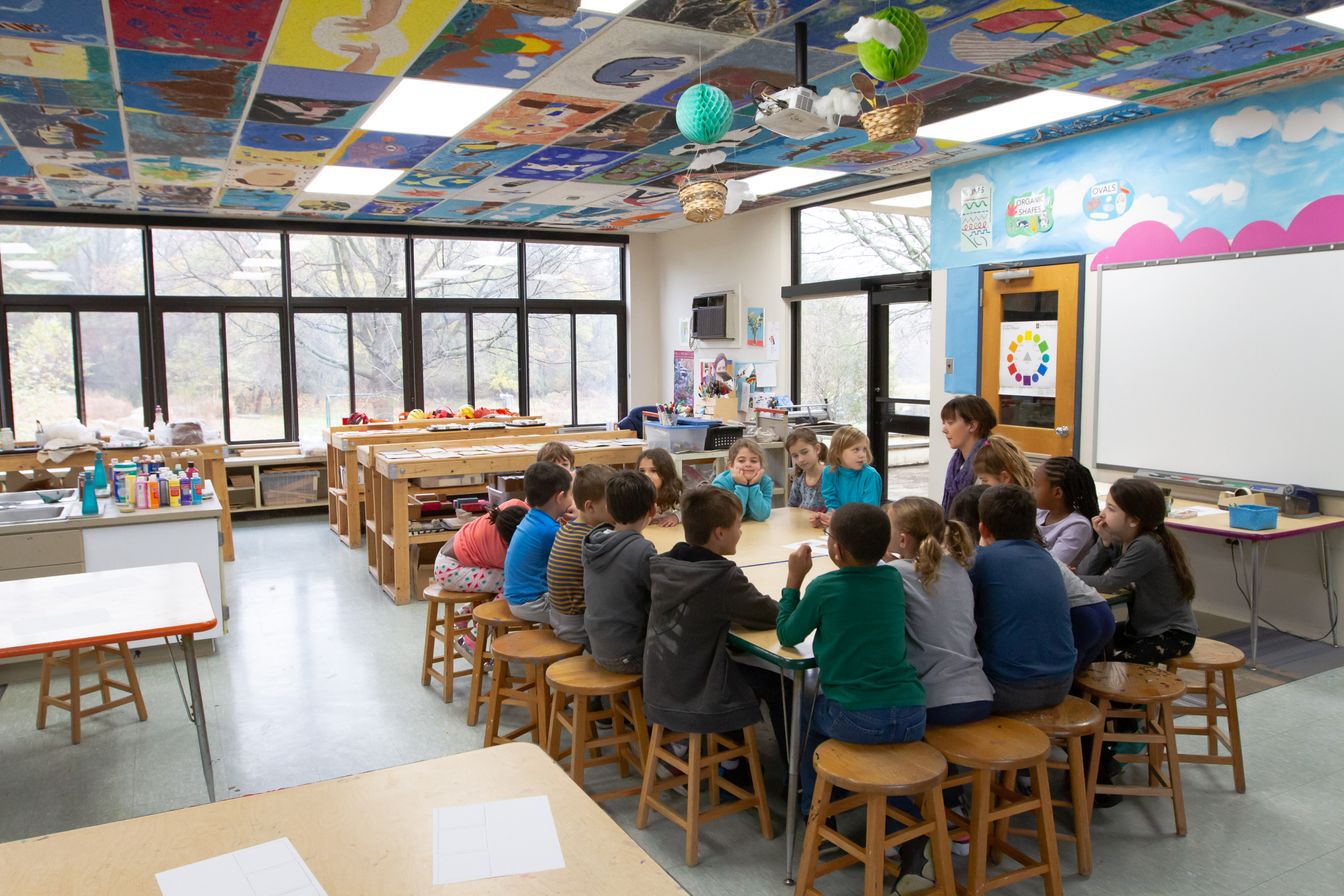There are many different opinions about visual arts education; some people think it’s a vital part of primary schooling, while others believe it detracts from math and science. The truth is, visual arts high school, middle school, and elementary school classes are vital to our children’s academic development.
What is Visual Arts Education?
Essentially, visual arts education is an instruction in art that is seen. There are many different types of visual arts, some of which have existed for millennia and some of which have just become prevalent in the last decade. Of course, the age of a discipline doesn’t have an impact on its value — art, like every aspect of the human experience, is subject to growth and evolution by its very nature.
Drawing and Painting
The visual arts people are most familiar with drawing and painting. From sketches to murals, these mediums have graced cathedral ceilings and cave walls. They may strive to portray the world as faithfully as possible or explore abstract ideas through intense color and unique composition. Many children draw and paint at a young age to help them develop fine motor movement and hand-eye coordination.
Photography and Video
Although newer than drawing and painting, photography nonetheless has a well-established history as an art form. Though once expensive to pursue, photography has become more accessible through the proliferation of smartphones.
Video, a close cousin to photography, has also flourished with the advent of the internet. Kids from all over the world can now experiment with writing, shooting, and editing their own movies, shows, skits, and documentaries.
Computer Graphics
Computer-generated art is everywhere, from blockbuster movies to dentist waiting rooms. Nowadays, artists have a variety of software they can use to create:
- Adobe After Effects
- Adobe Photoshop
- Adobe Illustrator
Many people also use hardware such as drawing tablets and styluses to sketch and color in a natural-feeling way.
Digital artists also edit video and add computer-generated elements for fantastical effects. In recent years, the introduction of simulations has made it possible for one person to do the work that once required a team of professionals.
Sculpture and Pottery
Some of the most ancient art is preserved in pottery and sculpture, allowing us to understand more about human history. Today, pottery and sculpture are both thriving art forms for practical as well as aesthetic purposes. Students can learn techniques perfected over thousands of years as well as newer technology such as 3-D printing.
What Does It Provide?
Beyond physical development, what do visual arts education have to offer? It turns out that learning to express themselves in a visual medium can greatly benefit students’ emotional well-being and academic progress. Research shows that kids who practice visual arts are more comfortable exploring their imaginations and emotions.
Greater Self-Confidence
Creating something provides a deep sense of satisfaction that’s difficult to replicate. Students who receive positive reinforcement for their efforts can experience greater self-confidence and be more willing to try new things. This confidence isn’t limited to art; with a solid sense of self-worth, students are better equipped to tackle math, science, English, and other classes.
Marketable Skills
Creativity is far more important to school and career success than it’s given credit for. No matter what industry students end up working in, there will be opportunities for problem-solving. Being able to think outside the box is a critical part of this task. Creativity allows us to produce innovative solutions, and visual arts are a prime way to nurture creativity.
Why Is It Important?
If we want future generations to be successful, they need the skills to navigate a variety of situations. A background in visual arts provides more than just the ability to paint; it influences how someone sees the world. All children deserve the opportunity to expand their horizons and hone their innate abilities.
Improved Academics
Students who study the arts have more success in other academic areas. This springs directly from the skills they develop as young artists. In fact, compared to students who haven’t received such instruction, they’re more able to adapt skills learned in one subject and apply them to another.
Well-Rounded Education
Knowledge of the arts is vital to understanding histories, literature, politics, popular cultures, and even seemingly unrelated topics such as science and engineering. Art is so deeply embedded in every culture that neglecting instruction is detrimental to children’s growth as global citizens.
Why Champion Visual Arts Education for America’s Children?
Unfortunately, not every school is equipped to offer visual arts education. This is due to several intersecting problems such as an emphasis on standardized testing, focusing exclusively on STEM classes, and a dearth of funding for underprivileged areas. However, access to this instruction is too important to shelve; it’s essential that we push for visual arts education in schools to provide all children with the tools they need to become empathetic, well-rounded individuals.
Abington Friends School is dedicated to nurturing children through every step of their education. For more information or to enroll your student, give us a call at 215-886-4350 or visit us online
